
Get news, updates, & event Info delivered right to your inbox:
Why Are Trees Important? 26 Facts That Prove They Are Essential For Life On Earth
Forests are so much more than a collection of trees. They are complex living worlds that encompass intertwined layers of life and are adapted to diverse landscapes and climates. They are also nature’s great providers: the benefits of trees include pulling carbon from the atmosphere and sequestering it during the process of photosynthesis, filtering and absorbing air pollutants, releasing clean oxygen for us to breathe, providing habitat and food for wildlife, stabilizing soils, growing food and medicine, protecting us from harmful UV rays, acting as natural air conditioners, securing our freshwater supplies, and more!
As such, the importance of trees and forests in our lives cannot be overstated — from cooling our climate to acting as nature's "water managers", their roots touch everything. Stretching back to our origins, humans have depended on trees and forests for food, shade, and shelter for millennia. As a result, we all share a deep, natural connection to trees.
Why Trees Are Awesome: 26 Interesting Facts About Forests And The Impact Of Deforestation Around The World

1. More Than 60% of Anticancer Drugs Originate From Natural Sources
That’s right: some of the world’s most important, life-saving medicines are derived from compounds found in plants, marine organisms, and microorganisms. More discoveries are made every year, but the bottom line? Many critical cancer treatments rely on access to healthy forests and other natural resources.
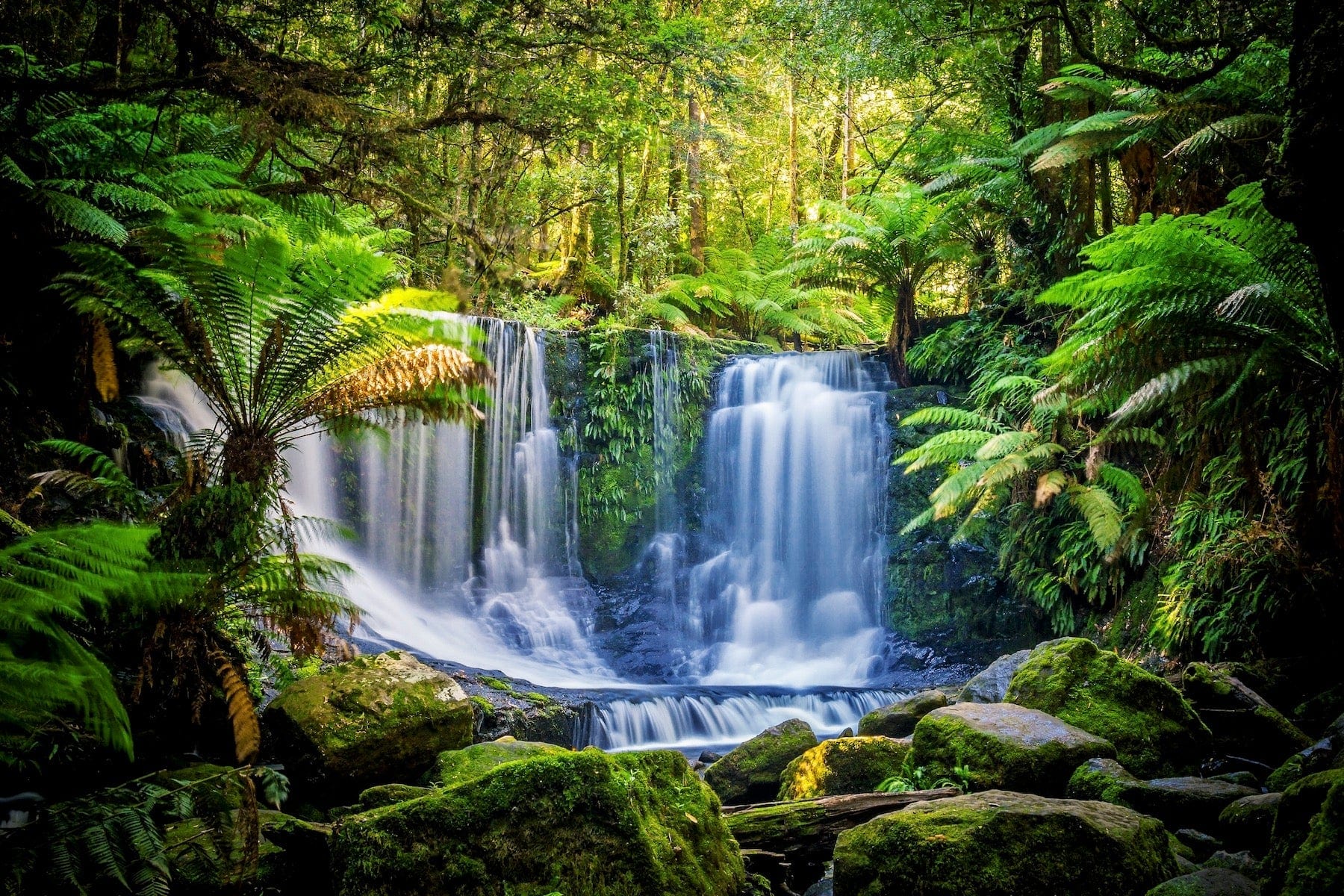
2. 1/4 of all modern medicines come from rainforest plants
As of 2019, 118 of the top 150 prescription drugs sold in the US were derived from natural products. Home to about half of the total number of species on Earth, tropical rainforests are immensely important for modern and traditional medicine. So if anyone asks "why are rainforests important?" Here's one reason — and it's just scratching the surface!
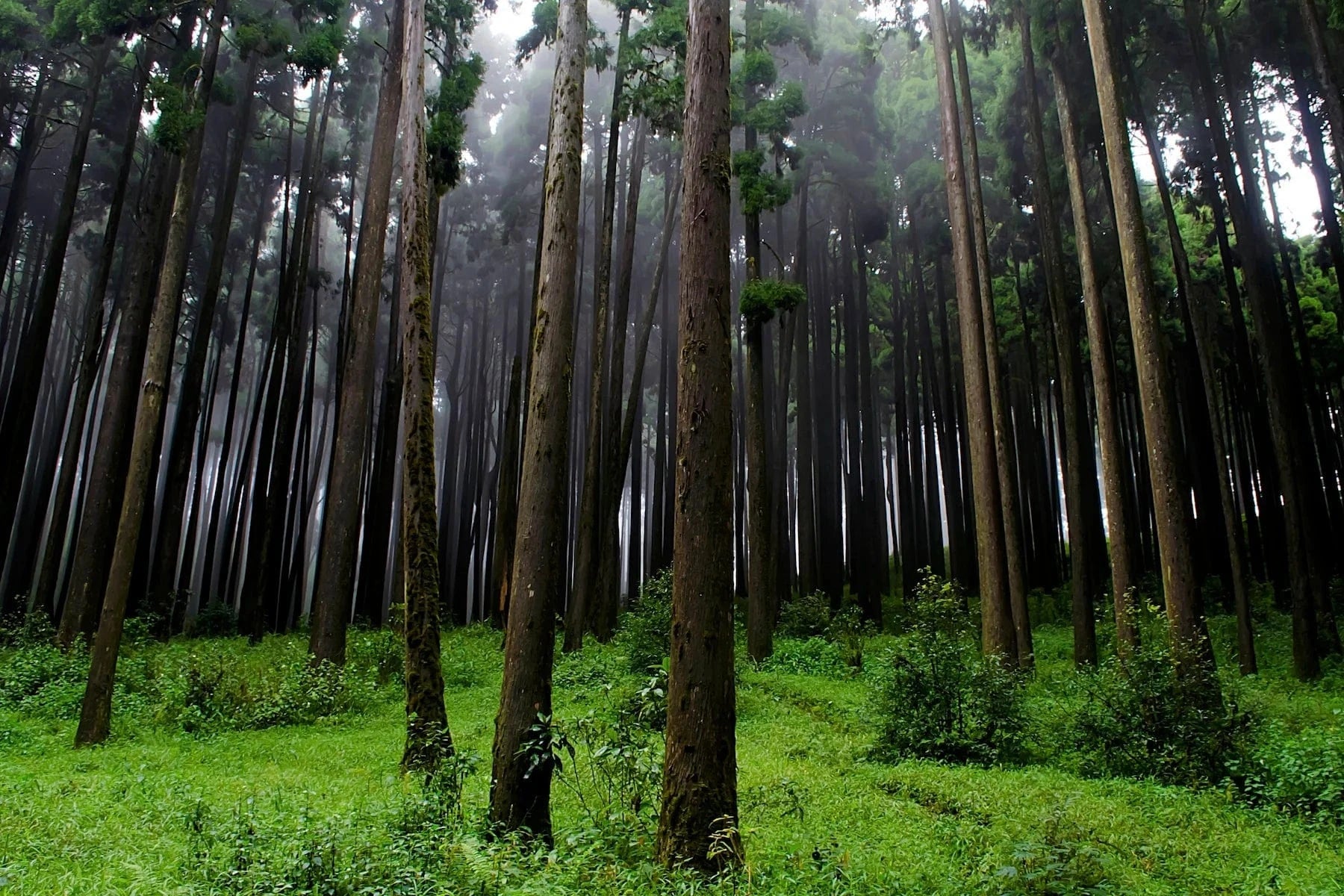
3. Trees can absorb between 10-150 gallons of water a day, but only keep about 5% for their own growth
When it rains, trees absorb stormwater via their roots—and intercept it on the surfaces of their leaves, branches, and trunks. Later, they release 95% of the water they absorb back into the air through the combined process of evapotranspiration, producing a powerful cooling effect.
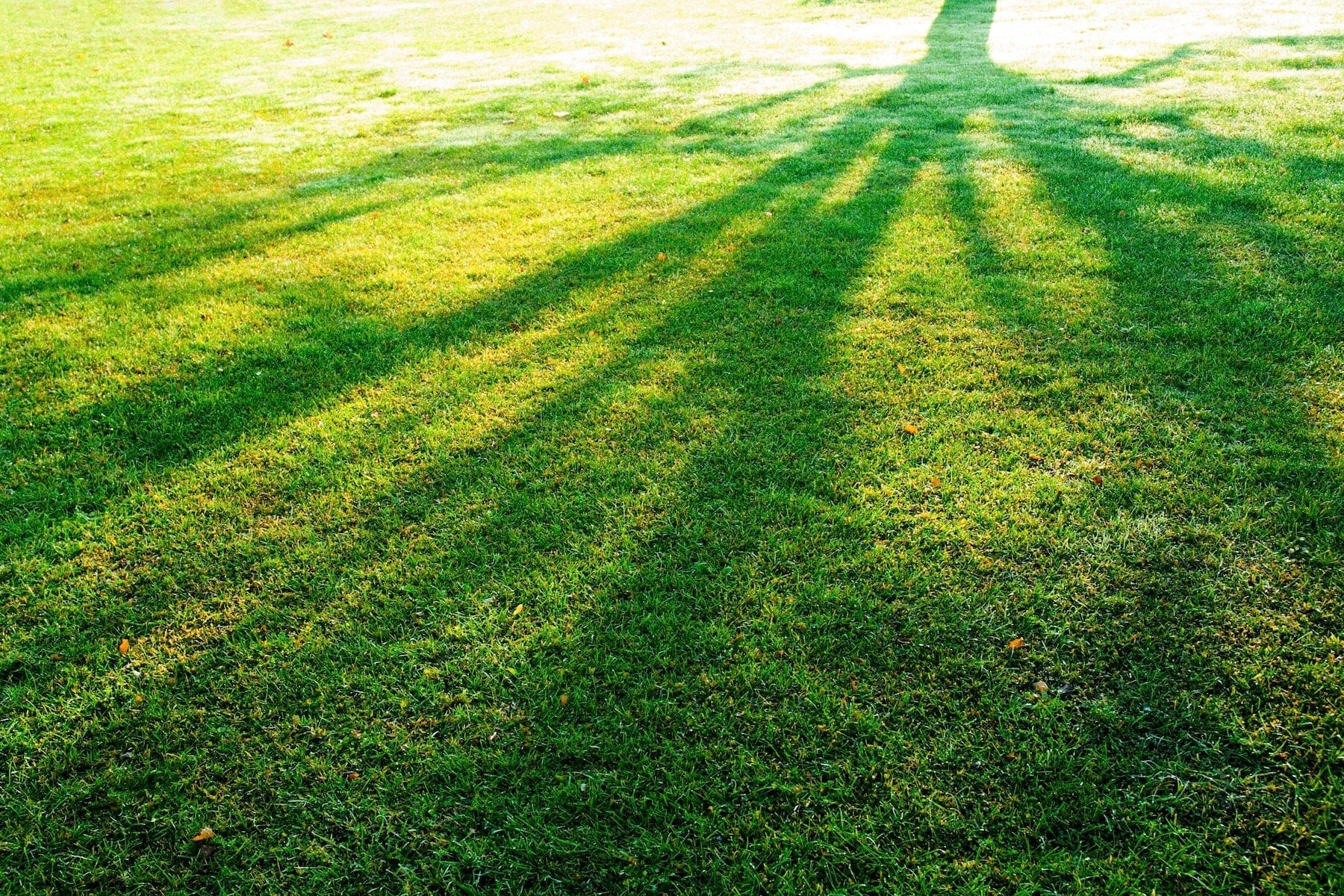
4. Surfaces shaded by trees and other vegetation can be 20–45°F (11–25°C) cooler at peak temperatures than unshaded areas
Trees and vegetation reduce surface and air temperatures through the process of evapotranspiration (a plant’s loss of water, mainly through the stomata of leaves), and by providing shade. Shaded surfaces, for example, may be 20–45°F (11–25°C) cooler at peak temperatures than unshaded materials are. Evapotranspiration, alone or in combination with shading, can help reduce peak summer temperatures by 2–9°F (1–5°C).
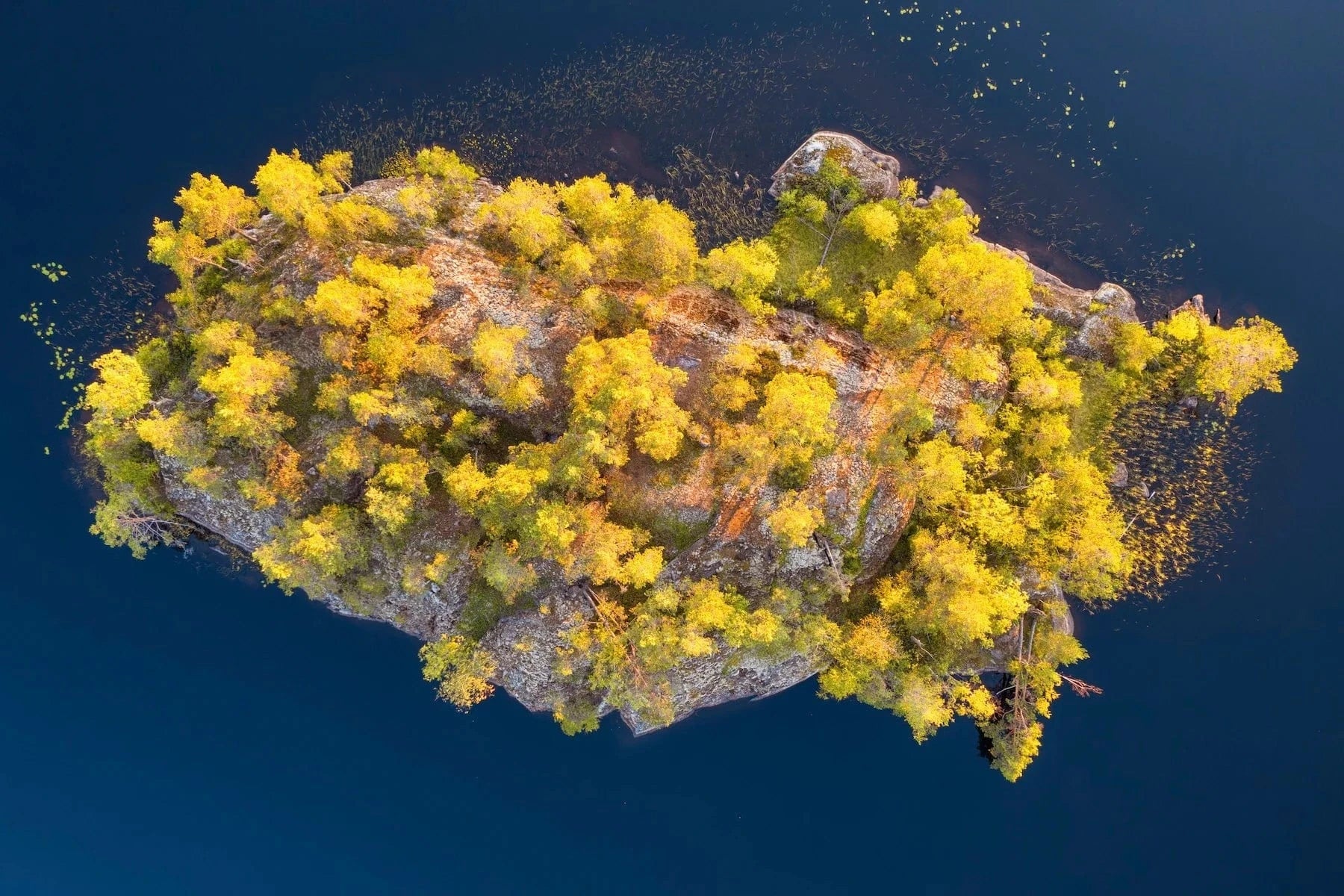
5. Forests Cover 31% Of The Global Land Area
The total forest area is 4.06 billion hectares, and approximately 1/2 of that forest area is relatively intact. Around 1/3 of that is primary forest, or forests with no visible indications of human activities and ecological processes that are not significantly disturbed.
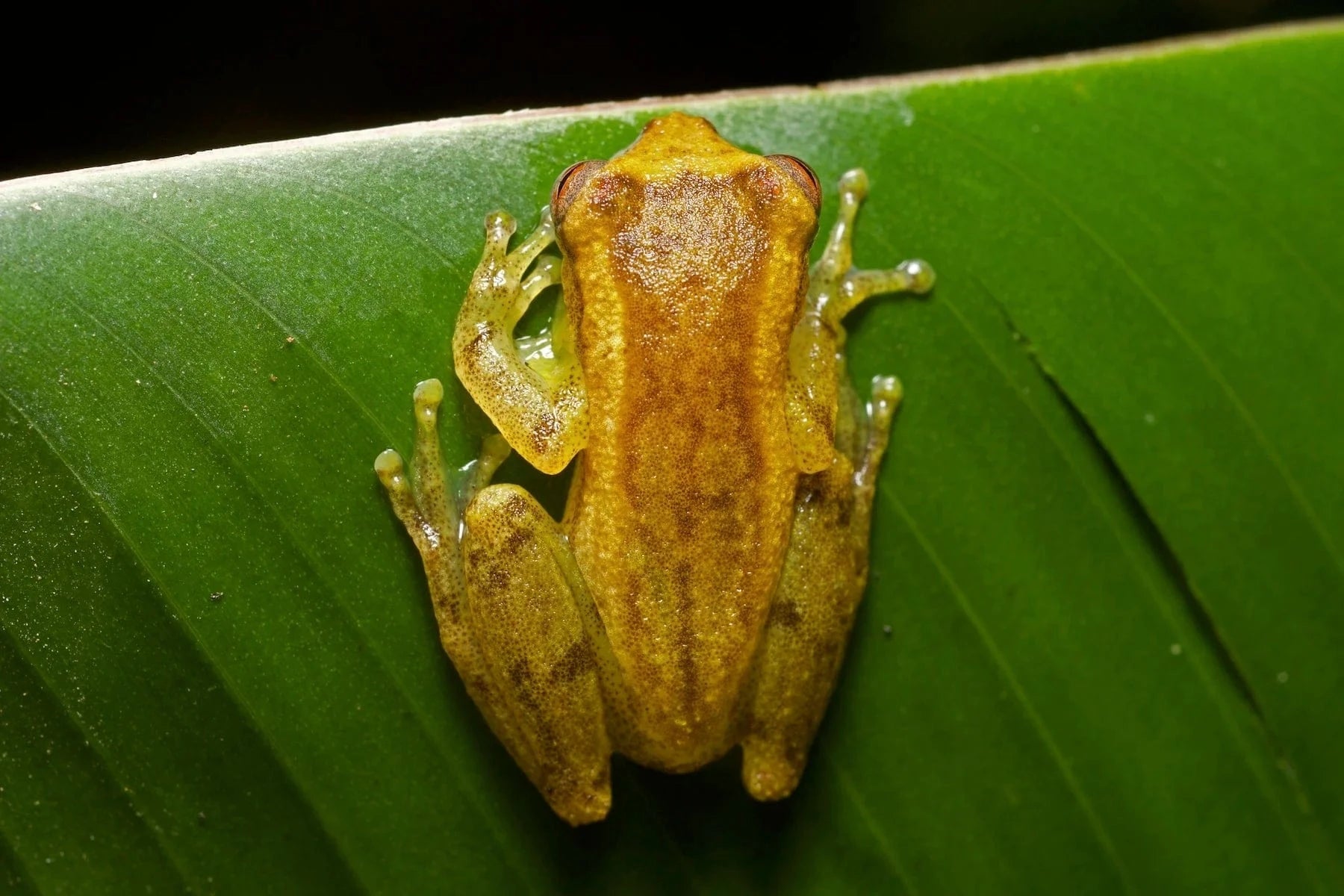
6. Rainforests cover less than 2% of Earth's surface area, yet they are home to more than half our planet's wild plants and trees
It’s estimated that one hectare of Amazon rainforest contains around 900 tons of living plants.
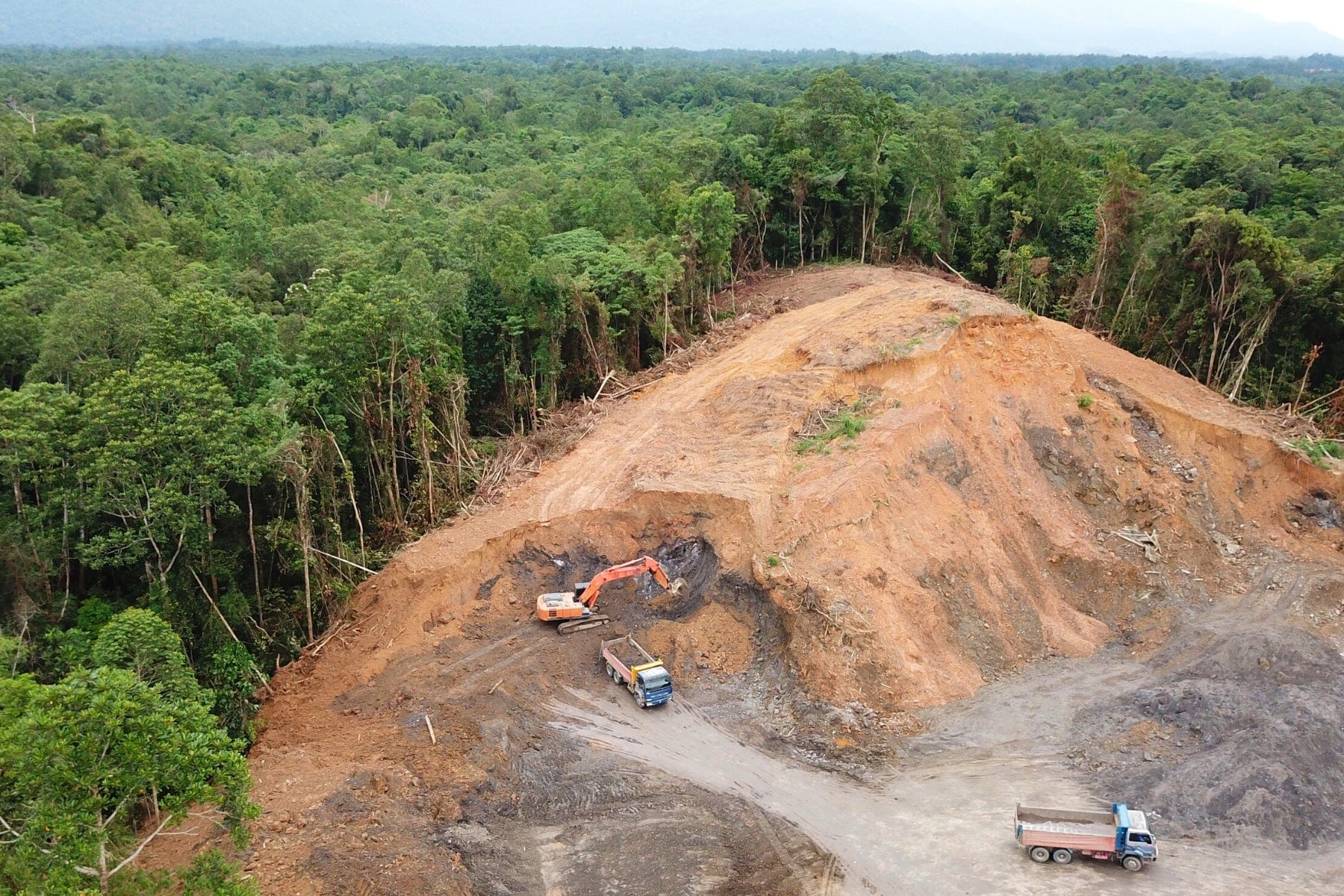
7. We Lost a Football Pitch of Primary Rainforest Every 6 Seconds in 2019
Nearly a third of that loss, 3.8 million hectares, occurred within humid tropical primary forest, areas of mature rainforest that are especially important for biodiversity and carbon storage.
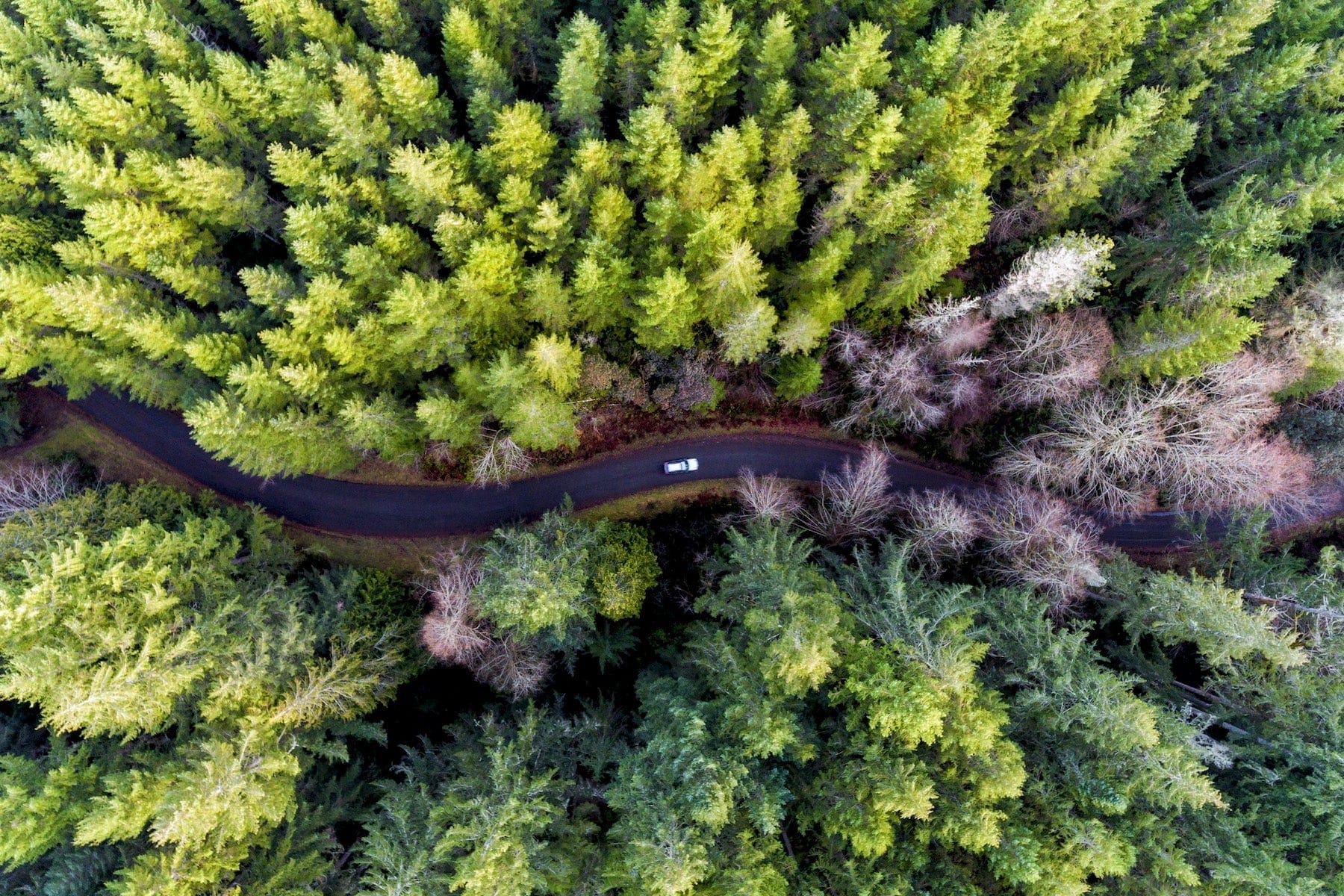
8. Forests currently absorb 30% of the CO2 that is emitted globally
Crucially, a majority of this carbon resides in forest soils, anchored by networks of symbiotic roots, fungi and microbes. Because of this, forests are typically considered carbon sinks (places that absorb more carbon than they release).
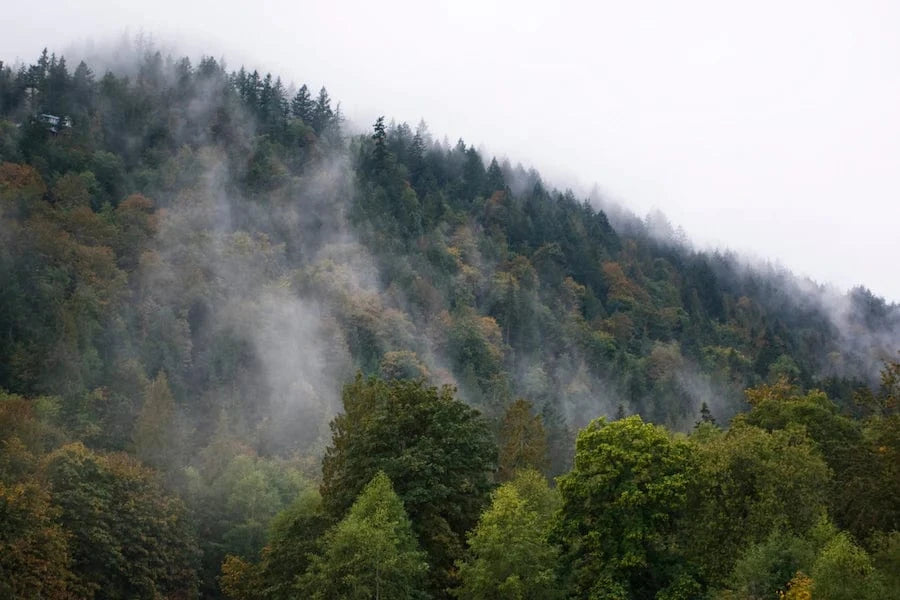
9. It requires approximately 7 to 8 mature trees to provide enough oxygen for one person each year
Through the process of photosynthesis, trees absorb carbon dioxide and water from the air and soil. Within their plant cells, solar energy and chemical reactions convert the water into oxygen and the carbon into glucose. The glucose is stored by the tree, while the oxygen is released back into the air.
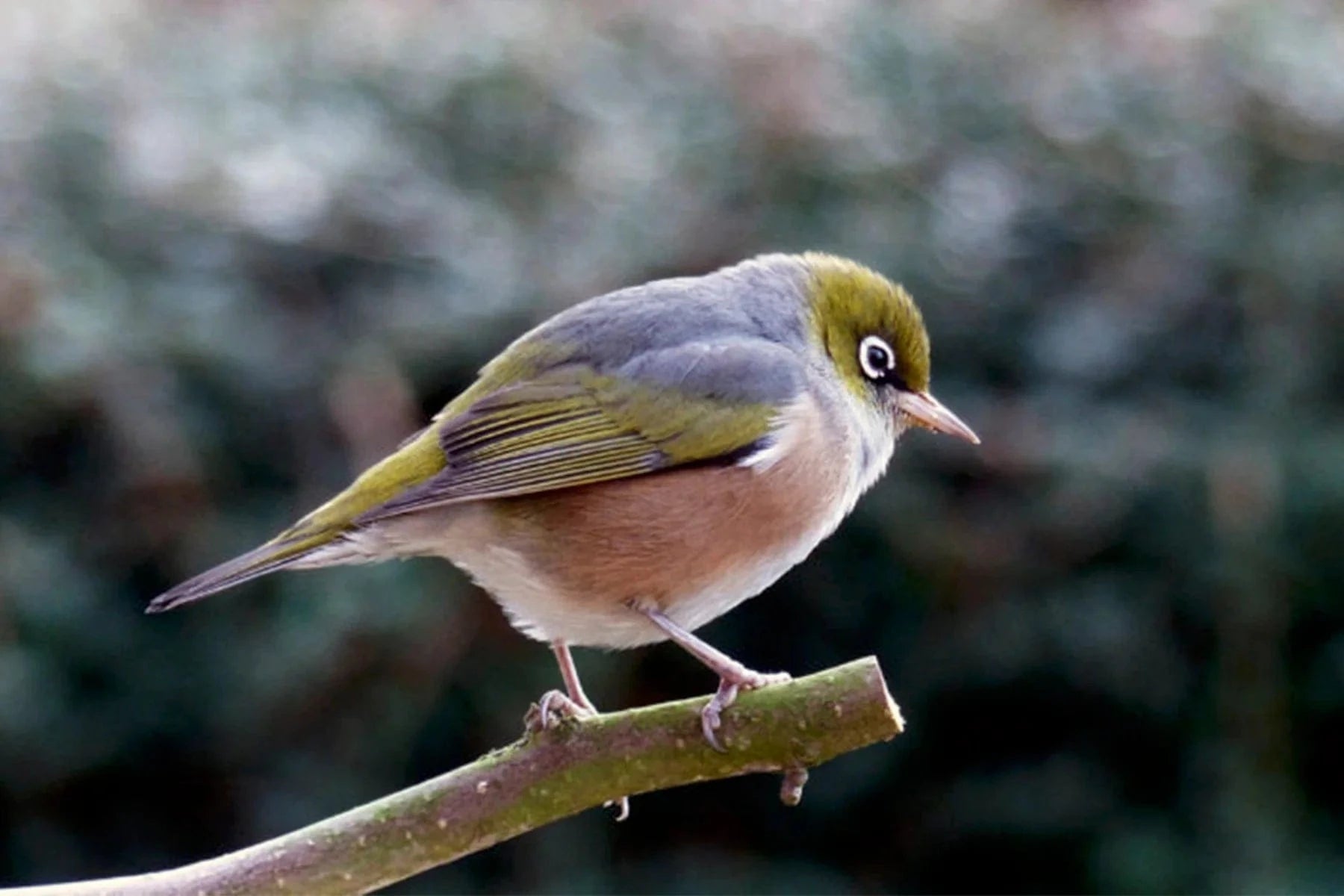
10. Trees are the ultimate keystone species
Healthy forests encompass richly layered habitat types and provide shelter to a breathtaking range of biodiversity — including 80% of amphibian species, 75% of bird species, and 68% of mammal species.
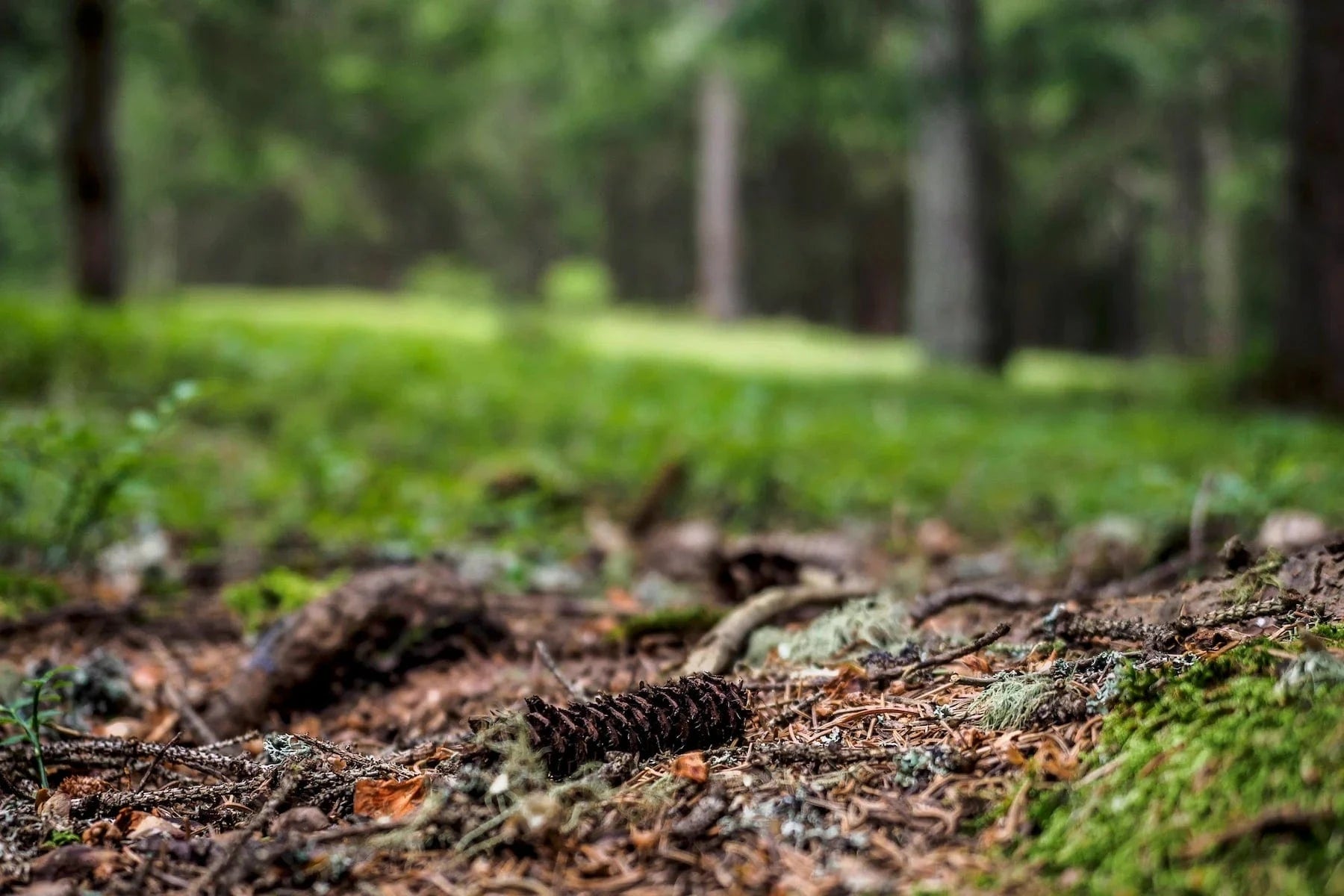
11. One in Five Tree Species is on the Brink of Extinction
There are an estimated 60,000 individual species of trees according to the world’s largest plant conservation organisation, U.K.-based Botanic Gardens Conservation International (BGCI). More than 11,000 of these are at risk of extinction, and 3,300 are critically endangered - meaning that without intervention, they will become extinct.
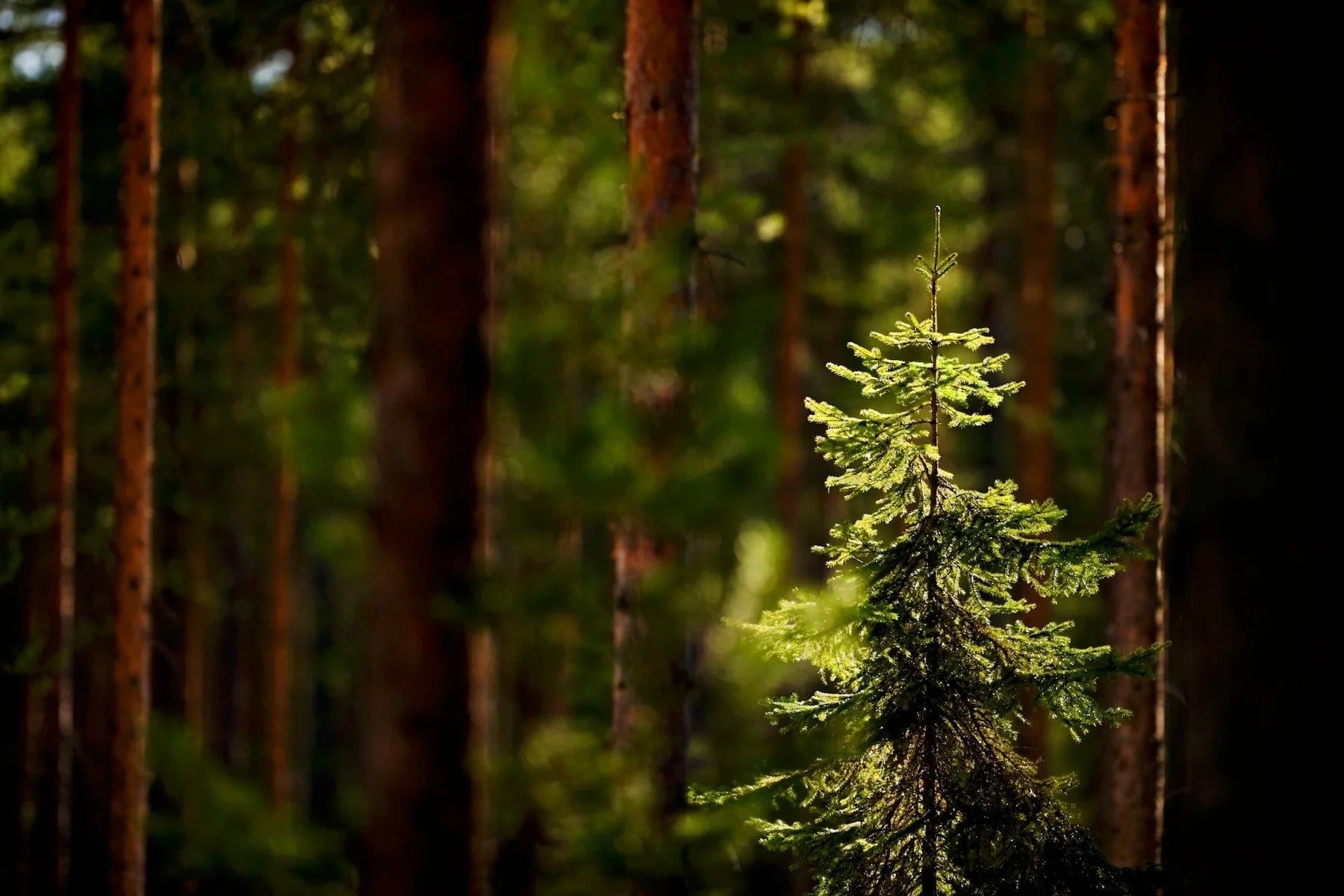
12. The Total Forest Area Globally Is 4.06 Billion Hectares, Or Approximately 5,000m2 (Or 50 x 100m) Per Person
But forests are not equally distributed around the globe. More than 1/2 of the world’s forests are found in only 5 countries (the Russian Federation, Brazil, Canada, the United States of America and China) and 2/3 (66%) of forests are found in 10 countries.
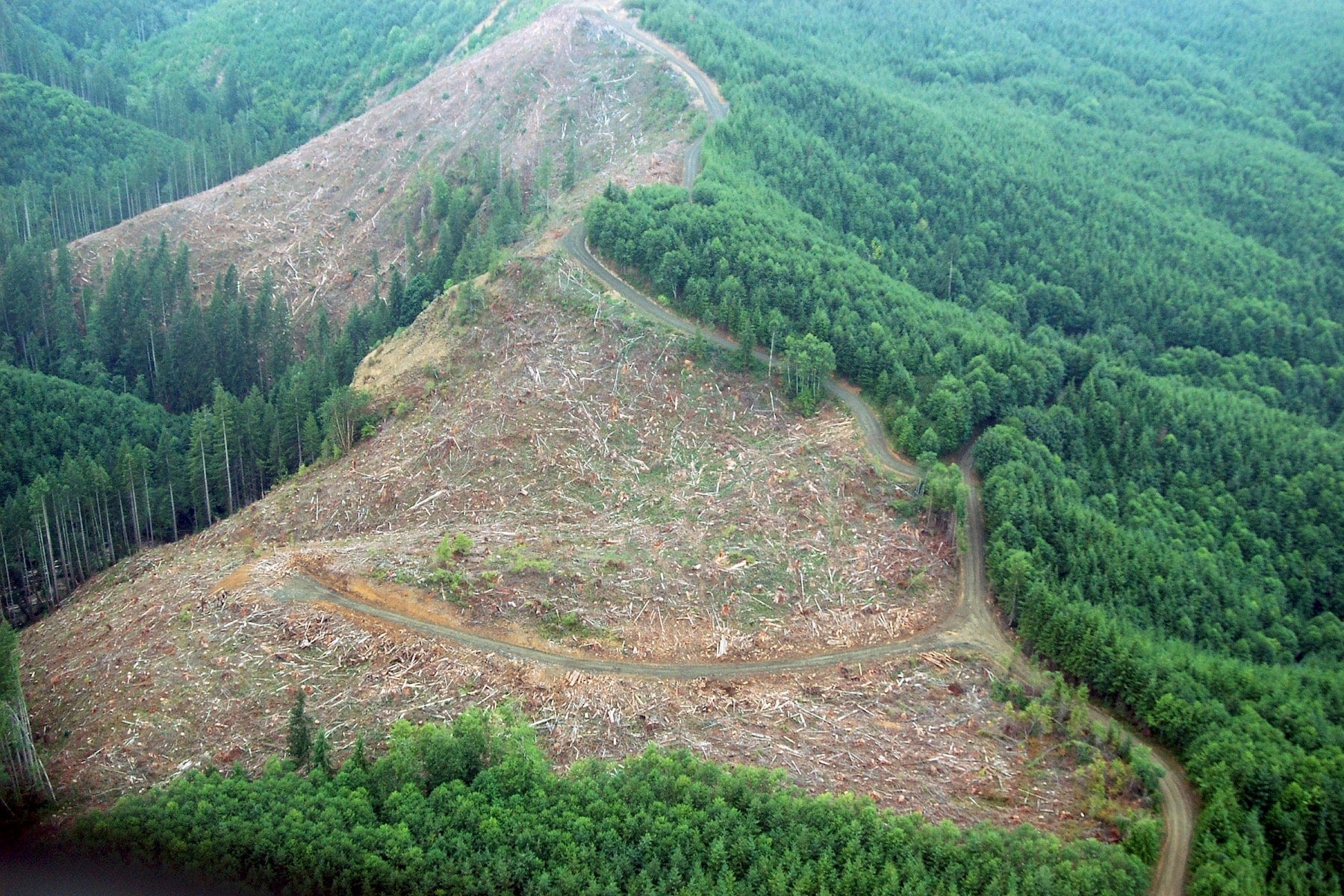
13. The Area Of Primary Forest Worldwide Has Decreased By Over 80 Million Hectares Since 1990
Primary forests are forests that show no visible signs of human activities, and whose natural ecological processes have not been significantly disturbed. According to Global Forest Watch, they are "some of the densest, wildest and most ecologically significant forests on Earth."
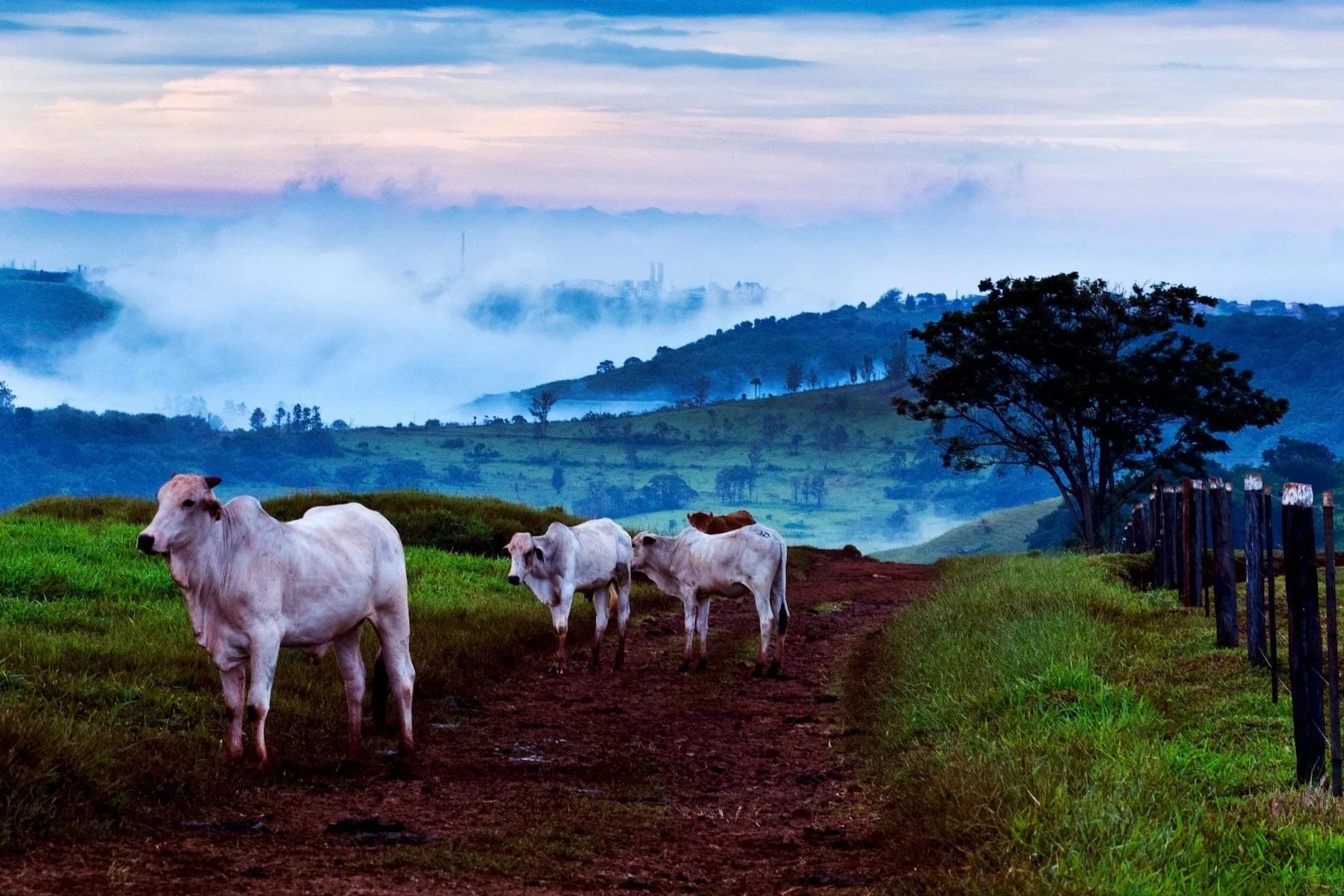
14. Agricultural Expansion Continues To Be The Main Driver Of Deforestation And Forest Degradation And The Associated Loss Of Forest Biodiversity
Large-scale commercial agriculture (primarily cattle ranching and cultivation of soybeans and palm oil) accounted for 40% of tropical deforestation between 2000 and 2010, and local subsistence agriculture accounted for another 33%.
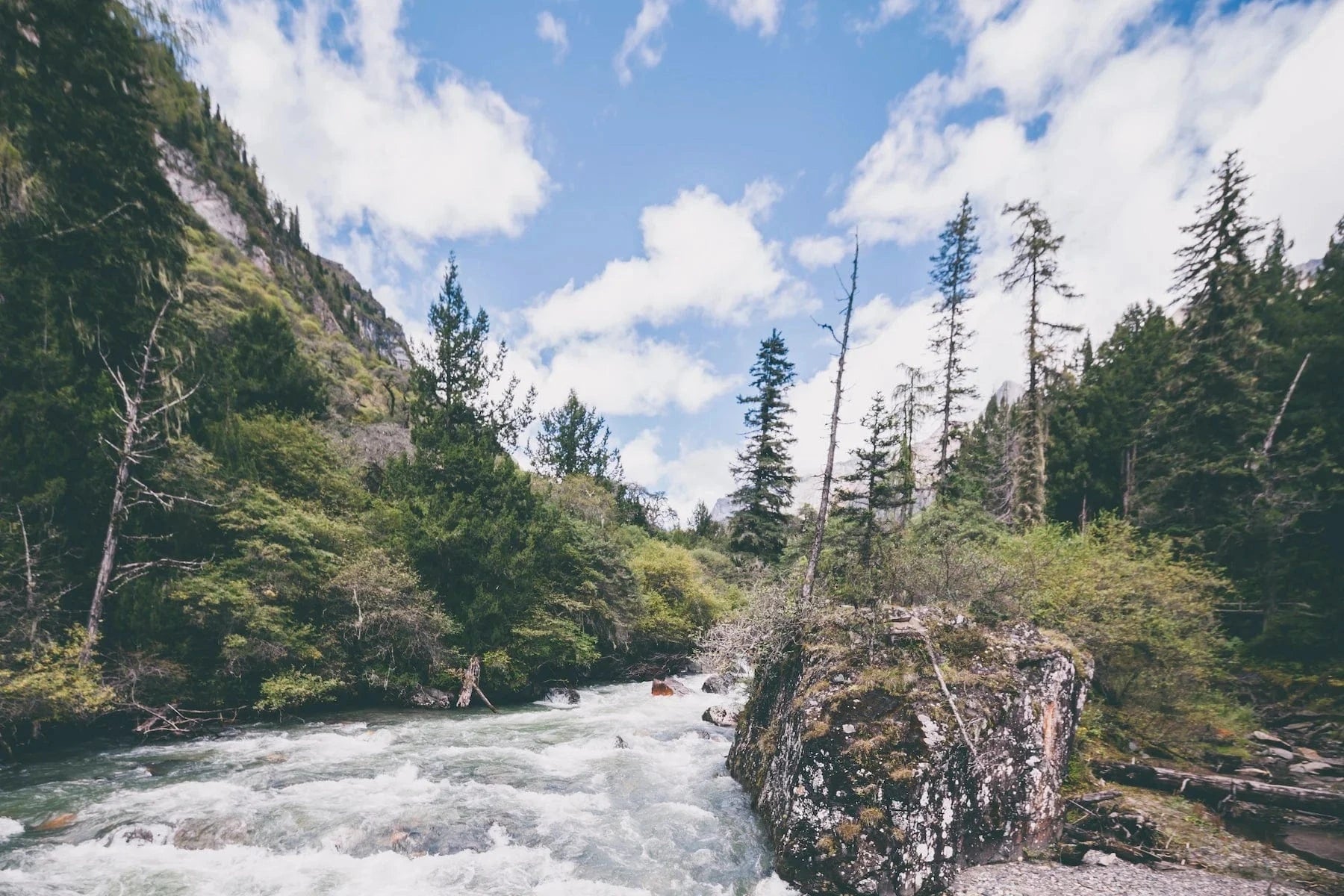
15. Between 2015 And 2020, The Rate Of Deforestation Was Estimated At 10 Million Hectares Per year
This is down from 16 million hectares per year in the 1990s. And while this is good news, we’re still losing forests at a blistering rate.
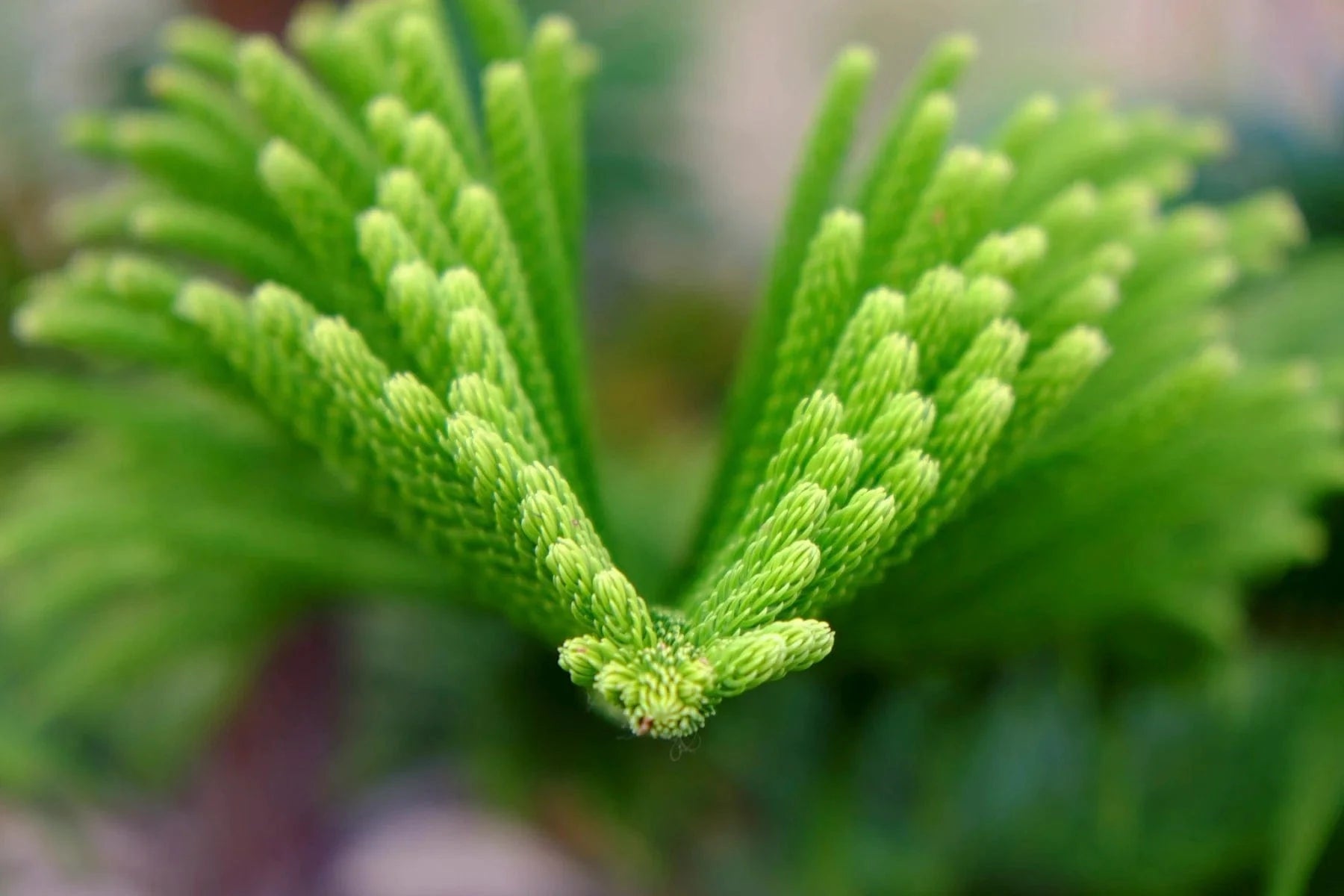
16. The ecosystem services provided by the world’s forests are valued at an estimated $16.2 trillion (USD) annually
According to the US Department of Agriculture, Forest Service, "ecosystem services, otherwise known as nature's benefits, are the multitude of benefits that come from healthy natural systems." These include tangible benefits like food, fiber, fresh water, and climate regulation. They also cover the basic processes that underlie these benefits, including oxygen production, soil formation, habitat creation, and nutrient cycling.
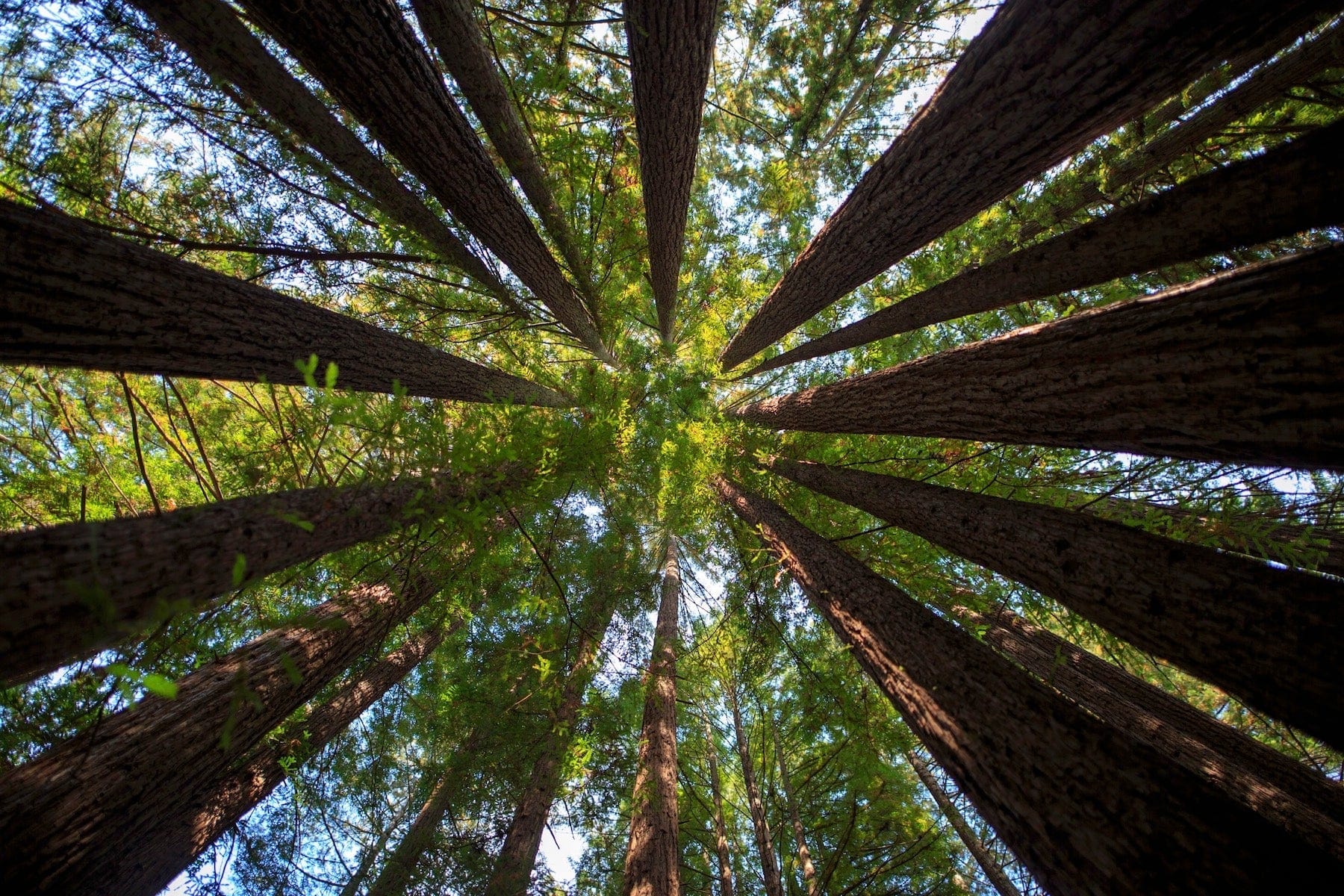
17. Nearly Half Of All Tree Species (45%) Are Members Of Just 10 Families
The three most tree-rich families are Fabaceae, Rubiaceae and Myrtaceae.
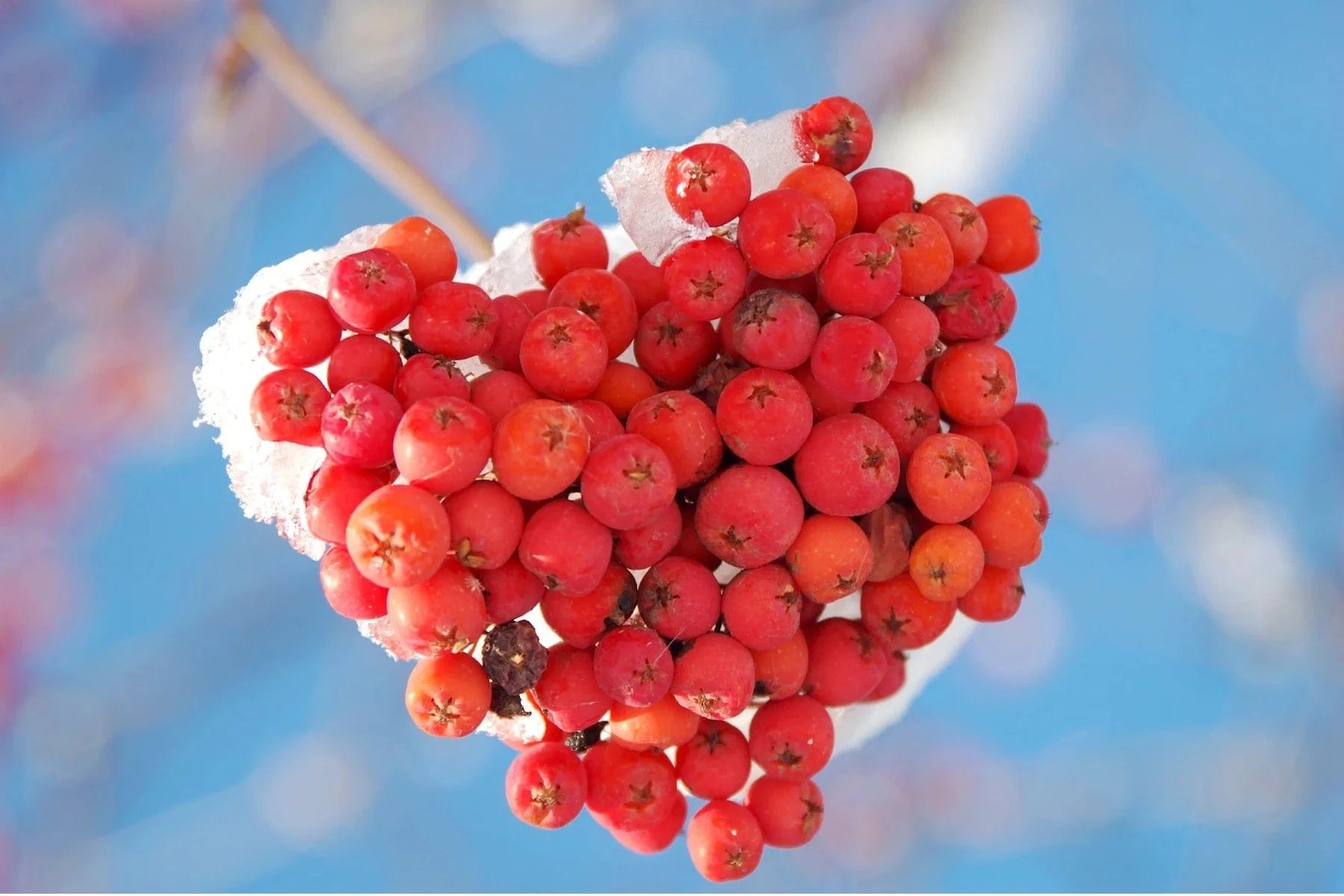
18. Nearly 58% Of All Tree Species Are Single-Country Endemics
This means that they only exist in one area. Endemic tree species are particularly threatened by deforestation, because if their specialist habitat is destroyed, they’re likely to become extinct.
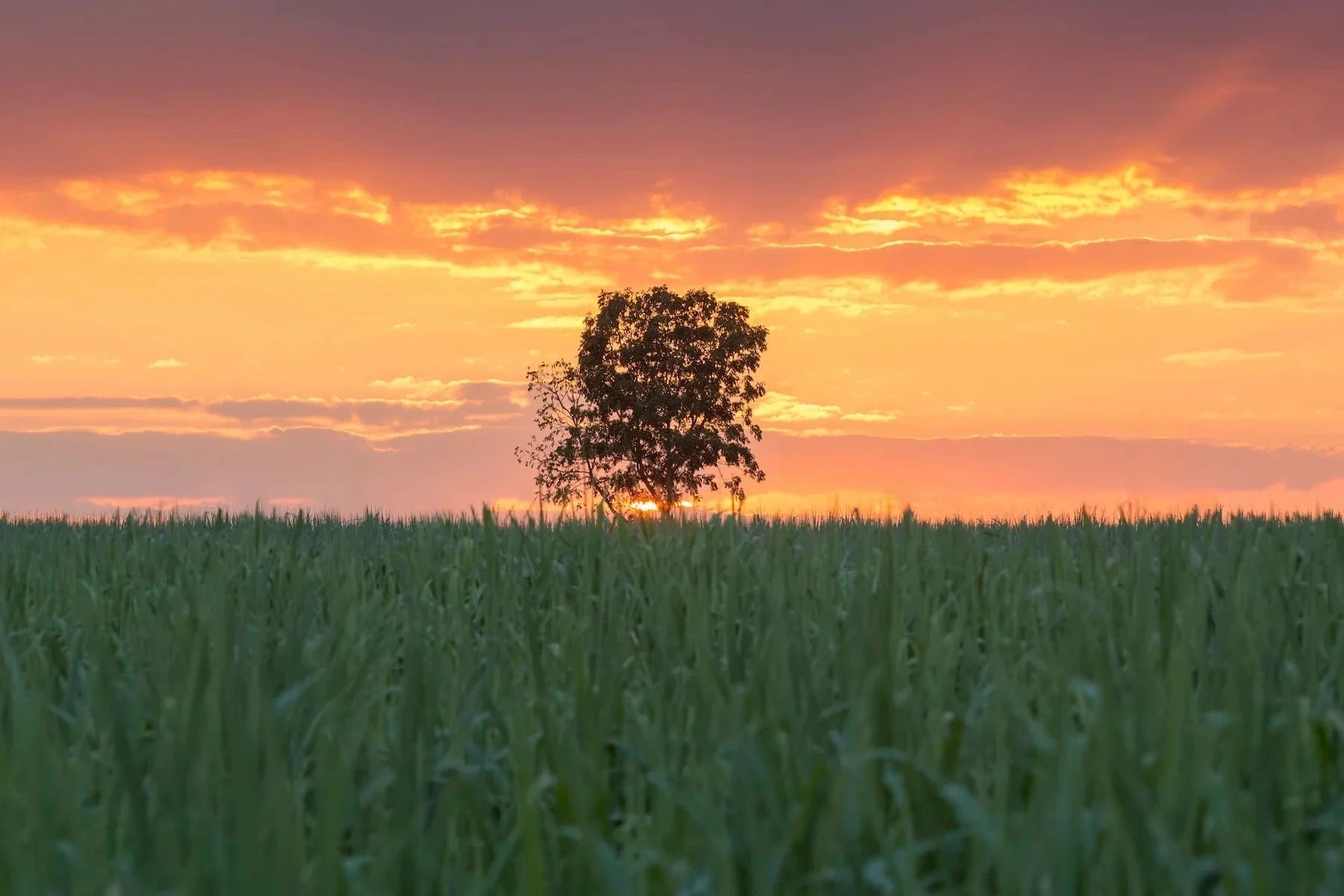
19. The Colonization Of Land By Plants Between 425 And 600 Million Years Ago — And The Eventual Spread Of Forests — Helped Create A Breathable Atmosphere...
With enough oxygen to support humans and the other oxygen-dependent life forms we share the planet with.
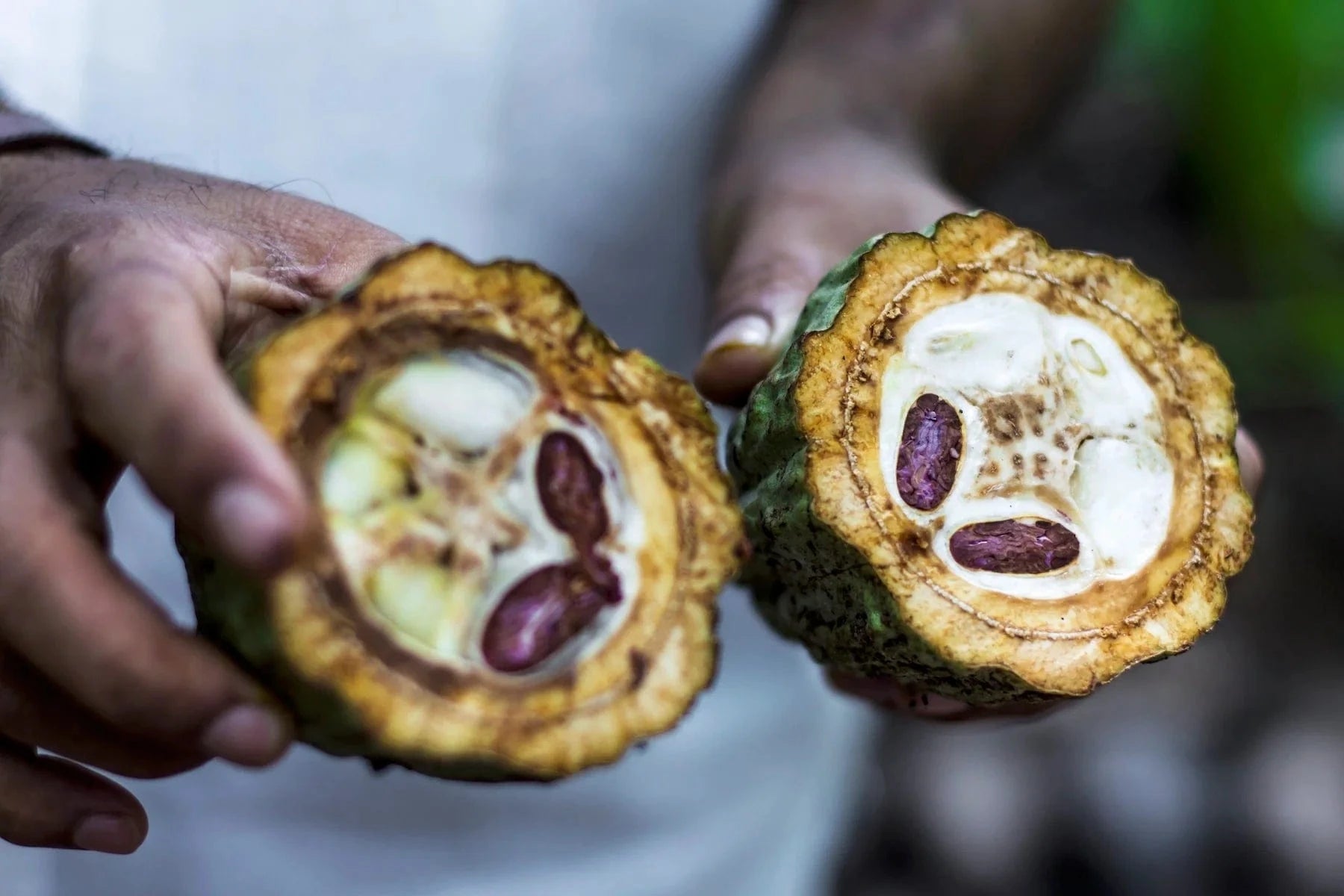
20. Over 1.6 billion people depend on forests for timber, food, fuel, jobs, and shelter
These communities are most directly impacted when trees are cut down, but we all rely on the ecosystem services and forest products that the world’s forests provide.
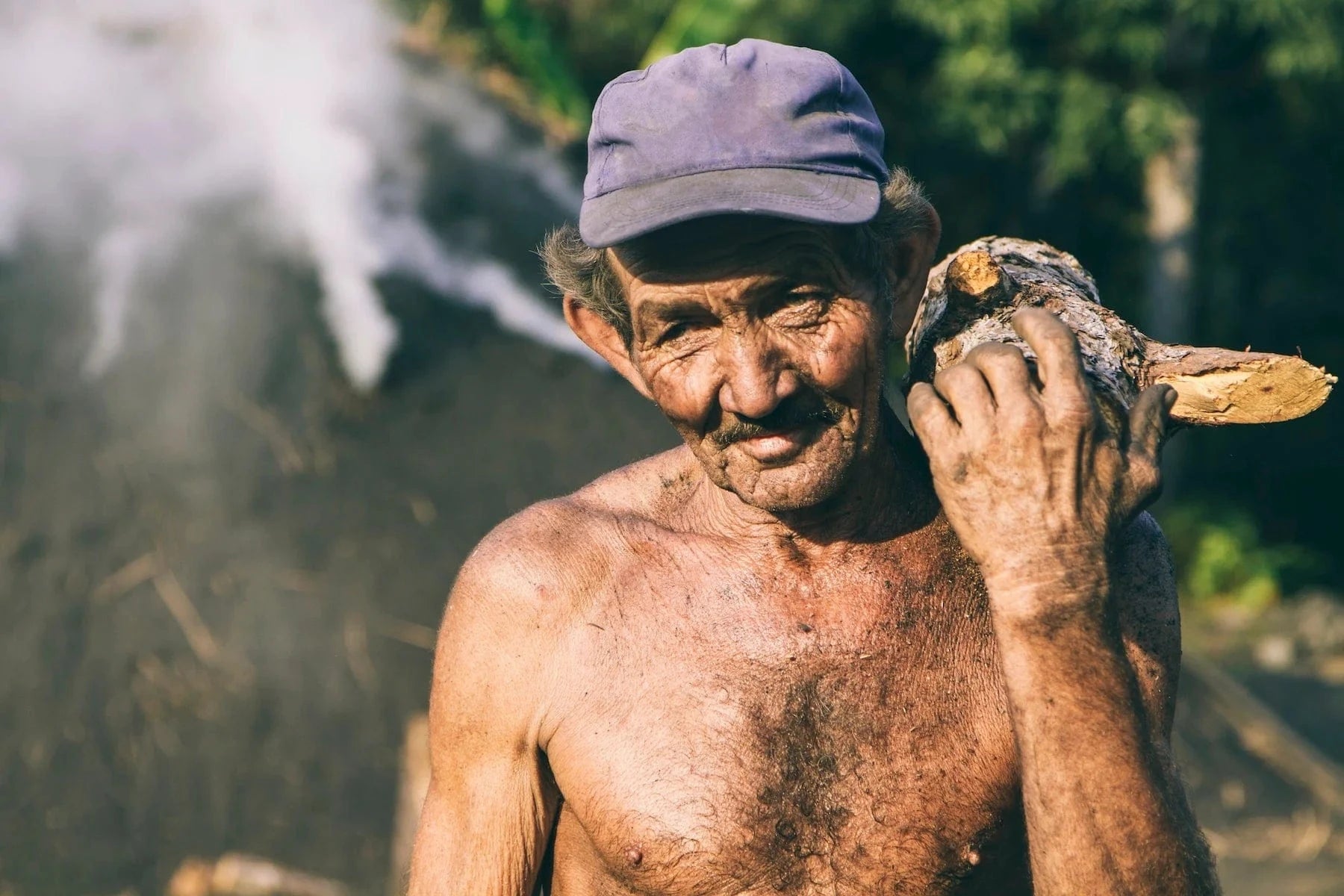
21. An Estimated 880 Million People Spend Part Of Their Time Collecting Fuelwood Or Producing Charcoal
Many of these people are women, and the time they must spend on basic subsistence is a major factor in the global gender gap. Around 252 million people living in forests and savannahs live on less than $1.25 a day; the natural resources around them are, literally, a lifeline.
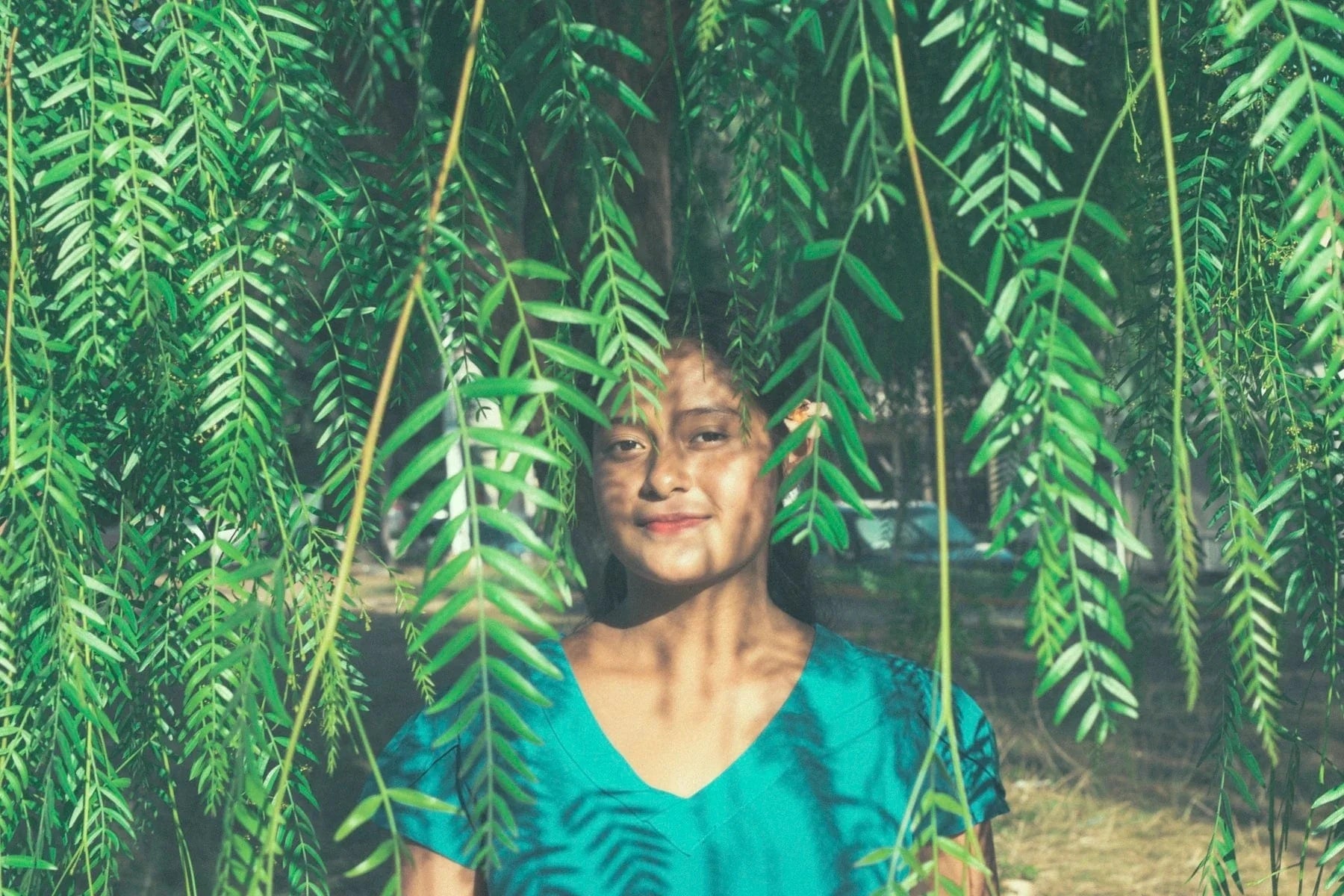
22. Areas Managed By Indigenous Peoples (Approximately 28% Of The World’s Land Surface) Include Some Of The Most Ecologically Intact Forests And Many Hotspots Of Biodiversity
That’s because indigenous peoples hold to their traditional ways of life and draw on ancestral knowledge to tread softly in the natural world.
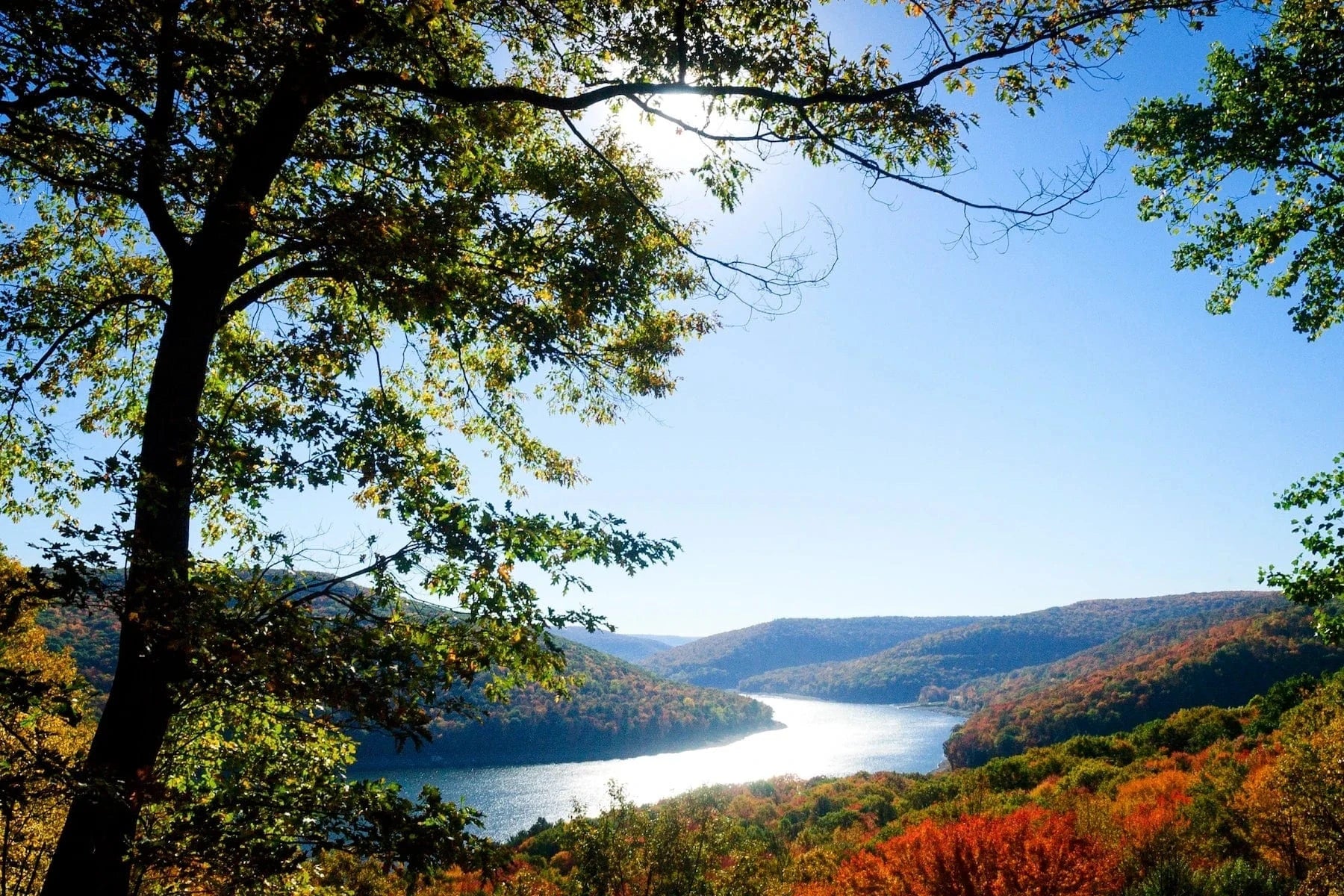
23. Globally, 18% Of The World’s Forest Area, Or More Than 700 Million Hectares, Fall Within Legally Established Protected Areas Such As National Parks, Conservation Areas And Game Reserves
In a recent study, it was found that people are paying an estimated 8 billion visits a year to these areas — greater than the total global population.
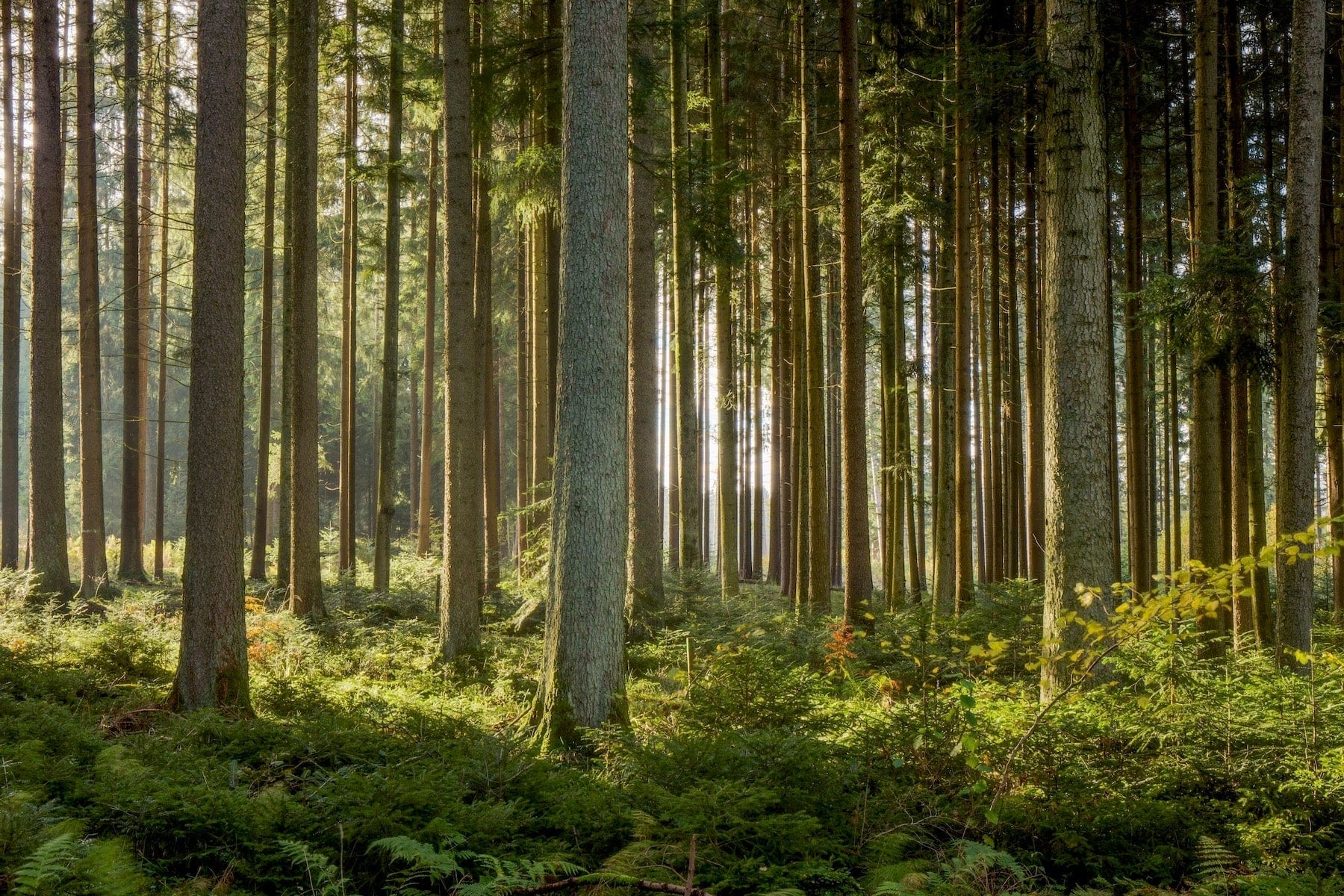
24. The Largest Share Of Forest In Protected Areas Is Found In South America (31%) And The Lowest In Europe (5%)
This is partially due to historically heavy settlement in Europe, and accompanying land-uses like logging and intensive agriculture. Europe also has less total land area.
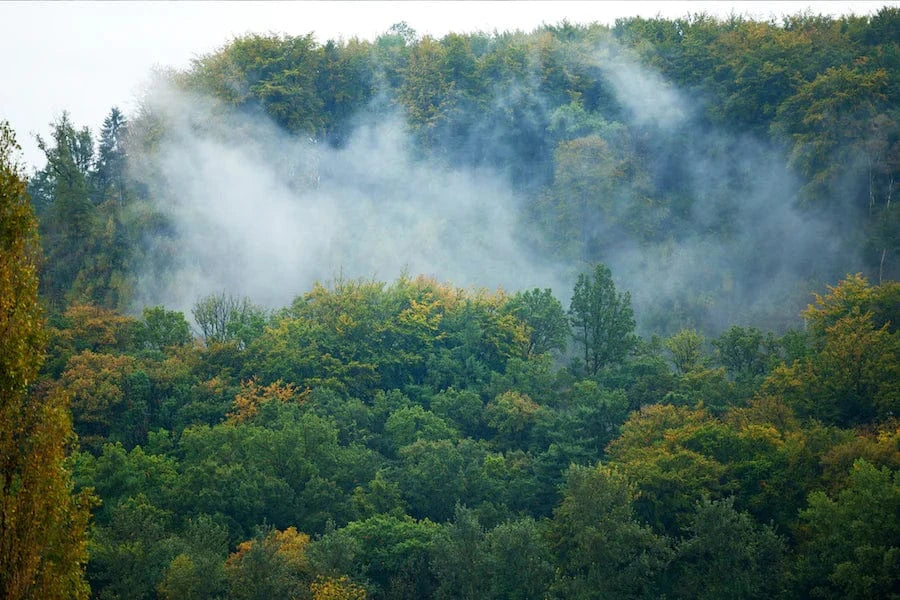
25. If tropical deforestation were a country, it would rank third in carbon dioxide-equivalent emissions, only behind China and the United States of America.
Tropical tree cover loss causes more emissions every year than 85 million cars would over their entire lifetime.

26. The Amazon contributes 20% of the oxygen produced on land via photosynthesis.
According to the National Oceanic and Atmospheric Administration, about half of Earth’s oxygen comes from the ocean—mostly from oceanic plankton, which includes drifting plants, algae, and bacteria that can photosynthesize. One species of bacteria, the smallest photosynthetic organism on Earth, produces up to 20% of the oxygen in our entire biosphere. To put that in perspective, that’s more than all of the tropical rainforests on land combined.
Get news, updates, & event Info delivered right to your inbox:
Related Posts
Real vs. Fake Christmas Trees: Which is Better For the Environment?
20/11/2025 by Meaghan Weeden
8 Reasons to be Grateful for Trees This Thanksgiving
18/11/2025 by Meaghan Weeden
The Ultimate Guide to Sustainable Holiday Gifting
13/11/2025 by Meaghan Weeden
Popular On One Tree Planted
What Causes Deforestation?
10/07/2025 by Meaghan Weeden
8 Amazing Bamboo Facts
14/01/2025 by Meaghan Weeden
Inspirational Quotes About Trees
09/01/2025 by Meaghan Weeden
Fundraising Disclosures

Be Part of the
Restoration Movement
The Grove is more than just a monthly giving program: it's a vibrant community of individuals who are dedicated to reforestation and environmental restoration on a global scale.
As a member of The Grove, you affirm your commitment to restoring forests, nurturing biodiversity, and fostering positive global change.





